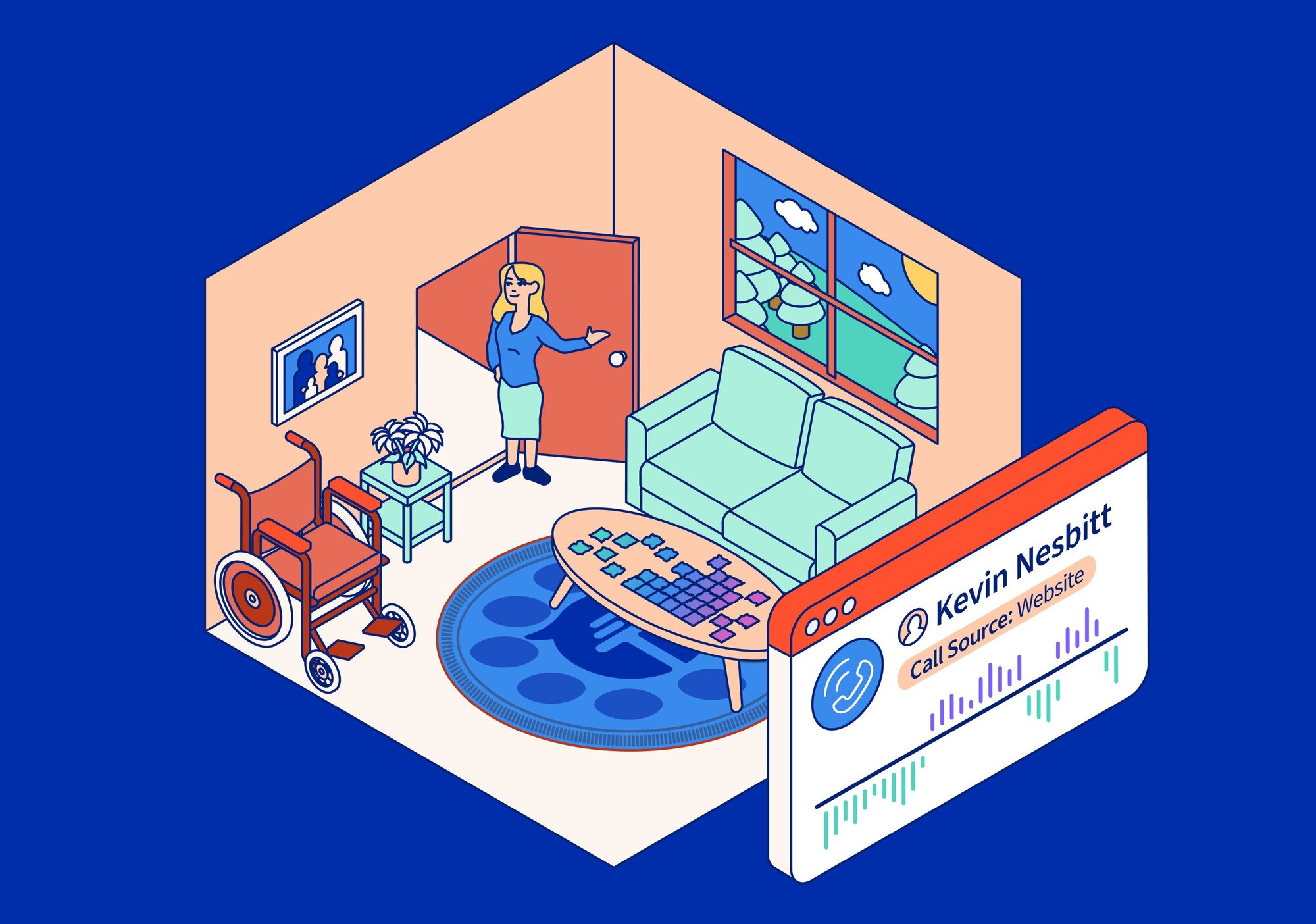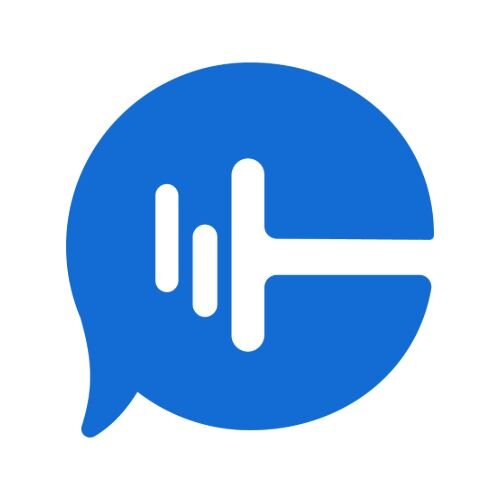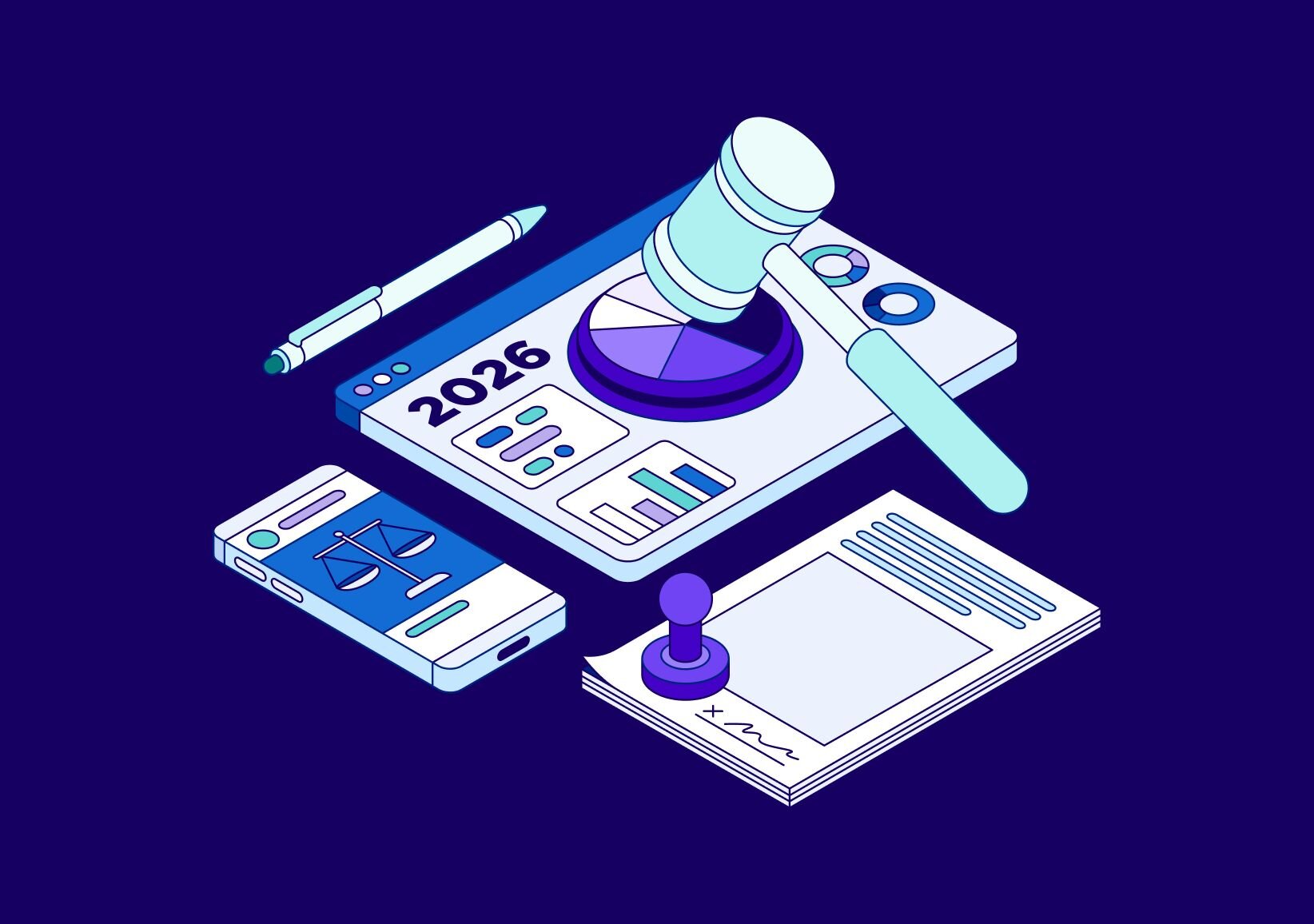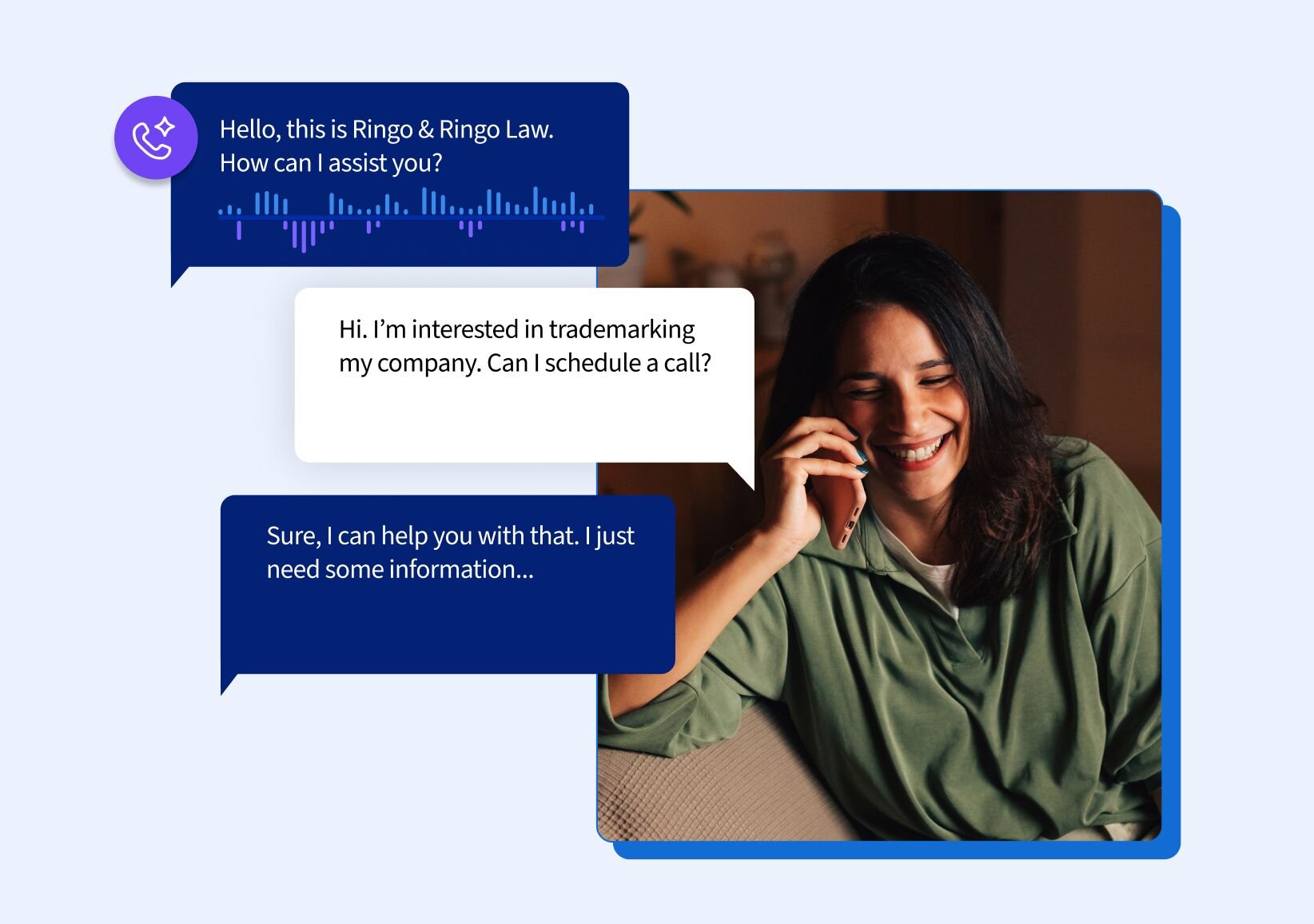Over the next decade, the assisted U.S. Assisted Living Market is expected to continue its exceptionally strong growth. While this means there will be opportunity for operators in the coming years, it also means stiff competition. Those who want to capitalize will need a robust marketing plan, one that helps them stand out while ensuring that time and resources dedicated to reaching new residents and their families are spent efficiently.
What are ROI and CPL, and why do they matter to senior living centers?
No one enjoys losing money on ad spend. So when it comes to advertising your senior living facility, you naturally want to make sure that every dollar results in inquiries, tours, and ultimately new members in your community.
Return on investment (ROI) is the amount of money you get back for every dollar spent on marketing, advertising, or sales. So, let’s say you invest $3,000 in advertising for your facility. From those ads, you get three new community members who pay $900 per month for one year each. In this case, your $3,000 advertisement returned $32,400, or, put another way, every $1 spent, you earned $10.80 in return. That’s a 980% return on investment.
Cost per lead (CPL) is a similar metric that looks specifically at how much it costs to generate a new lead. To calculate this, you divide your marketing and advertising budget by the number of leads it generates. Drawing from the example above, if your $3,000 advertising campaign resulted in three leads, then your cost per lead is $1,000. You can also refine this number by defining what constitutes a lead, such as someone who has clicked an ad, submitted an inquiry, come in for a tour, etc. The more granular you get, the better you can see how your ad dollars contribute to each part of your marketing funnel.
Understanding metrics such as ROI and CPL will help you know exactly how your marketing efforts are performing, allowing you to make adjustments to both reduce your ad spend while still growing your senior living community.
How senior living centers can boost their marketing ROI and CPL
Make sure your website is accessible
Finding the right senior living facility is hard enough for many potential residents and their families. Make sure your website is equally accessible to all visitors, including those with disabilities, to relieve some of their stress.
What is an accessible website? One that’s easy for everyone to see, navigate, and experience, regardless of their abilities. The website of the Americans with Disabilities Act offers guidance:
- Images should have text descriptions
- Documents should be available in text-based formats
- Video should include audio descriptions and captions
You may also want to consider using heat mapping tools to see exactly how users navigate and click through your website. This user experience data reveals which sections and pages of your website receive the most views and clicks. Plus, it can help you and your marketing team bolster those areas with stronger sales messaging to boost your ROI while lowering CPL.
Make sure your marketing materials are accessible as well
Of course, accessibility should apply to more than your website. Take a second look at your marketing materials. Start by creating large-print flyers and brochures for physical advertising. Add captions and alt text to digital advertisements. Make your advertising as easy to find and understand as possible.
After your prospective tenant has visited or video-chatted, consider setting up an in-person follow-up at their home. This type of follow-up allows them to avoid the effort of getting ready and leaving their home if it’s an obstacle. Don’t forget to bring a pamphlet, a video of the facility, and even the agreement in case they’re ready to sign up that day. The goal is to make the signup process as easy as possible for someone with disabilities.
Use ads to inspire families and inform residents
Your ads should paint a picture of what life is like in your community. Family members should envision their loved ones there. Potential residents should feel at ease. Balance active, independent seniors taking advantage of amenities with those receiving higher levels of care.
Consider citing awards your community has won, resident and family testimonials, and anything that makes your claims feel and appear credible.
Overcome tracking challenges within senior living marketing
Marketing campaigns often take place on multiple channels, making it hard to manually track the actual cost of each lead.
For example, say a family decides a senior living facility is the best option for their aging parents. Maybe they start asking their family and friends for recommendations, and hear about your senior living community. Then they go online to research their options, and see your Google Ad at the top of the search results page. Still in the research phase, they come across your Facebook page and find another ad, which results in the family visiting your website and making a phone call.
Because their customer journey spans multiple channels (Google Ads, Facebook Ads, website, and phone calls), how can you determine which channel led them to call your senior living community? And how can you track your CPL if they’ve seen and interacted with multiple marketing channels?
You would have to calculate the cost of each step of their journey on each of your marketing platforms — a daunting task without the right tools.
Better data results in better marketing decisions
Call tracking is a marketing technique that uses software to assign unique numbers to specific campaigns, ads, or website pages. When used in conjunction with form tracking, which monitors and analyzes how users interact with online forms and websites, you can paint a complete picture of your leads' journey to getting in touch with you. By seeing which campaign channels are making leads pick up the phone and call you or visit your website, you will have much more accurate metrics as you look to determine your CPL.
When you track and compile this data, it will become clear which channels are generating and converting the most leads. Armed with this information, you’ll know which channels to invest more in (or cut spending from) to boost your ROI.
Another data-focused technique you can implement is to dig into the specifics of the conversations you are having with your potential customers. By studying the language your customers are using, which is much easier and faster to do with AI-assisted tools, you can begin to identify keywords, common questions, and points of pain that resonate with your top prospects. If you draw on these insights and plan future campaigns around them, you'll set yourself up well to increase the efficiency and effectiveness of your campaign spend, thereby boosting your ROI.
Tracking, in addition to conversation analysis, will also allow you to convert potential prospects more effectively. If you have key information about your callers, such as what specific ad triggered their call, your sales team can save time by skipping right to the answers they are after. If you decide to utilize a follow-up tool that responds to missed calls with emails or texts, this information can be used to manually or, better yet, automatically tailor messages to maintain engagement. In each case, you are using data to optimize your conversion strategy, which will lower your CPL.
Start getting more for your marketing spend today
Achieving a growing and positive ROI for senior living marketing campaigns takes time, know-how, and constant monitoring. Having the right tools on hand can demystify the process while making each step easier.
CallRail is a call tracking service with AI-powered tools to help boost marketing ROI while lowering CPL for thousands of senior living communities just like yours. If you’re interested in testing out a platform that can help you implement some of the techniques above, you can try a 14-day trial for free.











